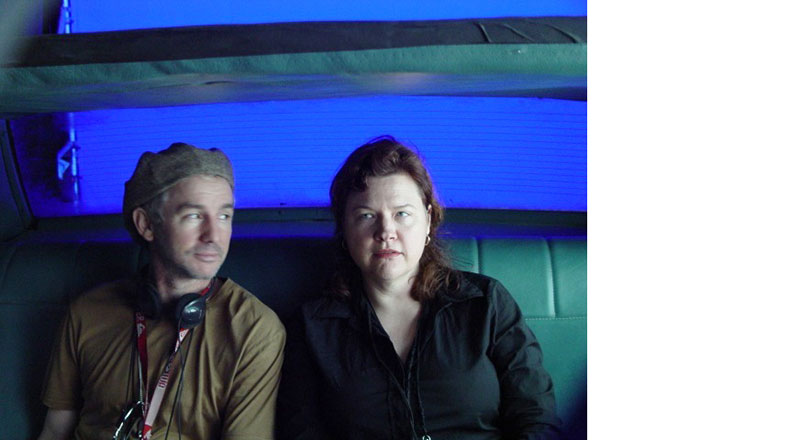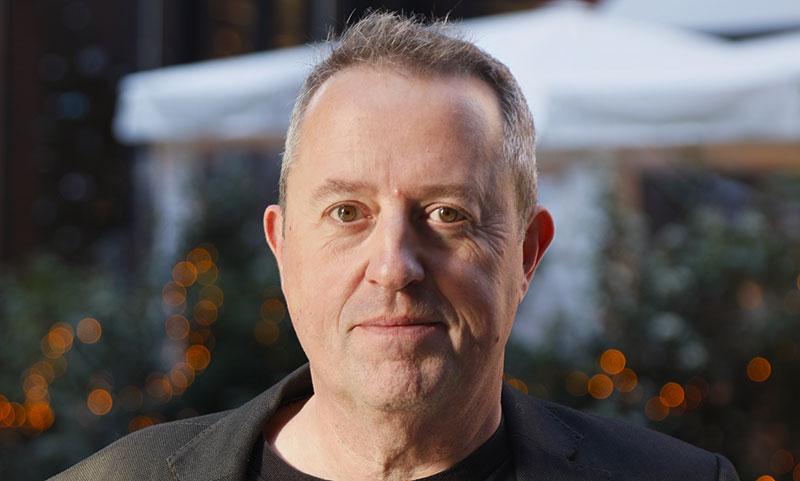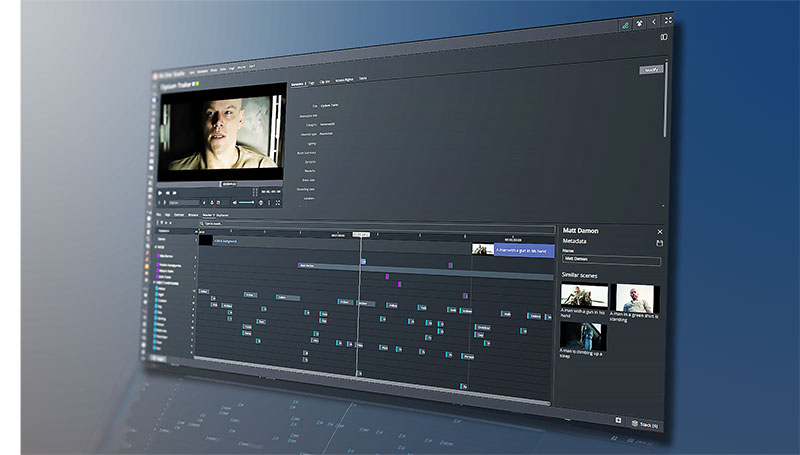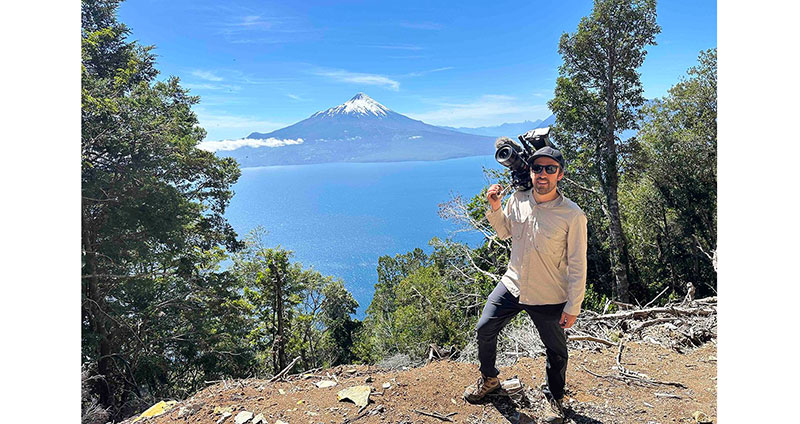Australian cinematographer Mandy Walker, a judge in the 2024 FilmLight Colour Awards, says she’ll be looking for colour that works with the story and what the viewer sees in the frames.

Mandy Walker ACS, ASC is an Australian cinematographer, now living in the USA, and one of the few female DoPs working on big-budget feature films today. She is recognised for her work on Elvis (2022), Mulan (2020), Hidden Figures (2016), Tracks (2013), Australia (2008) and many others.
Invited to be a judge in the 2024 FilmLight Colour Awards, Mandy seized the opportunity. “I really appreciate the artistry of great colourists and how they help the cinematographer enhance the storytelling with colour, contrast, light and darkness,” she said. “They create atmosphere and focus the audiences’ gaze to what’s important in the frame.
In her own collaboration with colourists, Mandy prefers to include them as early as possible during pre-production, when she is still working on the visual language of a movie. “I’ll also set up and test LUTs with them that work with the elements of the other departments and to explore the way the colour, lightness and dark can work with texture, reflective elements and lensing."

Describing her feeling about colour and how it works in her images, she said, “I think I have always been sensitive to colour, the emotions colour can enhance and the images it can create when used with light, dark, focus, distortion and layering.”
As a result, the colourists she likes working with the most are artists, capable of understanding the aesthetic of her vision. “They’ll be able to collaborate on creating new looks that suit the movie – rather than someone who works on each movie with the same familiar, reliable style,” she said.
“For instance, throughout our work on ‘Elvis’, we consciously used different LUTs that worked with the lighting and other elements such as art direction and costume to express the transitions of colour and contrast. We also worked with different lenses to help the audience relate to the time periods. The 1940s were based on certain low contrast looks and pastel colours seen in still photography of the time. The 1950s to ’60s recall the Kodachrome period of the Hollywood movies, and we emphasised the rich colours of Vegas for the ‘70s.”
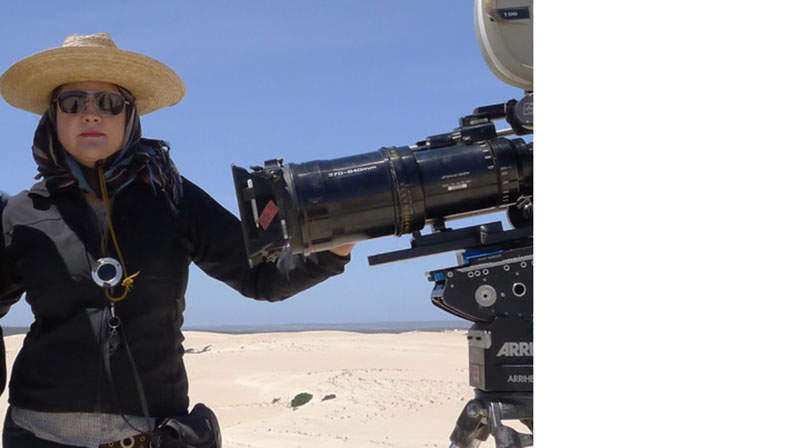
Mandy is aware that advances in colour grading processes have impacted her work and feels that the advent of DI has made the job of a cinematographer easier and more flexible. “To be able to play and test ideas in pre- and post- production is exciting and fun,” she said. “Also, the grading tools have changed. They are now faster and easier to manipulate. When we shot with film and did a chemical analogue grade, we were more limited by the film stock – processing and the adjustments of colour and density only came in the final prints.
Mandy has just finished shooting the new live action film ‘Snow White’, and said she’s looking forward to what’s next. “I think imagery is always evolving, as storytelling is. I don’t feel going super extreme is what interests me, but I appreciate more the subtlety and artistry of the person running the machines and software in the grading suite, and how they enhance the visual language.
“At the FilmLight Colour Awards, I will be looking for consistency and colour in the entries that is not too ‘affected’ or overly treated, but works with, and not against, the elements of the story and what the viewer sees in the frames, such as lighting, art direction, costume and make up.” www.filmlightcolourawards.com
